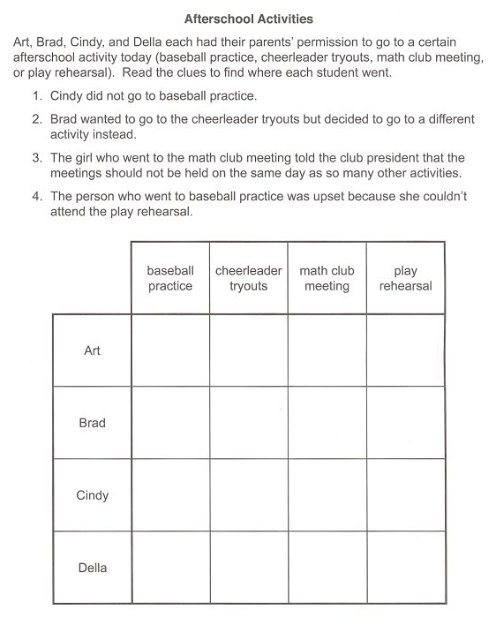Systems: This month our CSI focus has been on questioning and eye witness accounts. Students participated in various activities geared toward understanding quality questions in interrogation, the often unreliable nature of eyewitness testimony, and the power of close observation. Students witnessed a theft in our own classroom and used what we learned about composite sketches to make a drawing of the perpetrator. We then looked at some online activities testing their powers of observation and helping them match the suspect with the crime. Try them for yourself!
We also used our time to do research into forensic science and the order of events when a crime scene is processed. Students learned about Locard's Principle that criminals always take a trace of something with them and leave a trace of something behind at a crime scene. They also learned about collecting that evidence and how it gets from the crime scene to the courtroom.
Critical and Creative Thinking: This month students practiced reasoning strategies by using clues to complete matrix logic puzzles. They used the given information to make one and two step deductions in order to find or eliminate matches between the puzzle categories. These were a good test of growth mindset and a class favorite!
Habits of Mind: Our main Habit of Mind focus has been on Managing Impulsivity. We read the book Interrupting Chicken by David Ezra Stein and discussed it as a non-example of managing impulsivity, thinking before acting, and using your brain to manage your body. Students then created their our Interrupting ___________ stories and presented them to the class. I'll tell you, we have quite the creative crew!
We have also been practicing flexible thinking with our morning Morphic Thinking exercises and Persisting with Set puzzle and Mastermind challenges.








